Toor dal, arhar dal, tuvar dal or split pigeon pea is the most popular and most widely consumed dal or lentil in India. Arhar dal is one of the major source of protein for the population of India. Toor dal is a beige lentil with…
Toor dal, arhar dal, tuvar dal or split pigeon pea is the most popular and most widely consumed dal or lentil in India. Arhar dal is one of the major source of protein for the population of India. Toor dal is a beige lentil with a yellow interior having a very distinctive nutty flavor. It is mostly prepared as a dal (lentil soup) with ghee, cumin seeds, turmeric, chilli powder, asafoetida, garlic and ginger. This dal is then eaten with indian flat bread such as roti or chapatti and rice and accompanied with a side of vegetables. The popular south Indian dish sambhar is prepared with toor dal. See video below for easy Sambar recipe. Toor dal is very quick and simple to cook as it requires only 20 minutes of soaking in water and 20 minutes of cooking in boiling water.
Toor Dal Nutrition :
Arhar Dal contains high level of fibre, proteins including important amino acids beneficial for any healthy and complete vegetarian or vegan diet.
100 grams of toor dal contains :
- Calories : 343
- Fat : 5 g
- Carbohydrates : 50 g
- Fibre : 15 g
- Protein : 20 g
- Iron : 28 %
- Calcium : 13 %
- Magnesium : 45 %
- Vitamin B-6 : 15 %
Pigeon pea or Toor dal is cultivated since 3,500 years in India. The oldest sign of toor dal have been found in the states of Karnataka and Kerala. It has then traveled to East Africa and West Africa. It has reached America with the slave trade in the 17th century. Nowadays, toor dal is cultivated in all tropical regions of the world. The world production is estimated at 4.49 million tons which 63% comes from India and 21% from Africa.
Depending on the region of India, toor dal can also be called tuvar dal, toovar dal, tur dal, arhar dal, yellow dal, tuver dal, tropical green pea, peeli dal, tadka dal, yellow pigeon peas.
Toor dal, or more commonly called Arhar, is the most popular among Indian lentils. It is also called split pigeon peas or red gram.
Most kids in India have grown up eating a staple diet of Dal-Chawal. While rice is called chawal in local parlance, dal is a broad term given to a range of lentils such as Toor (Tuvar) dal, Urad dal, Chana dal, Green moong, Moong dal or Masoor dal.

Owing to the popularity of Toor dal, the term Dal-Chawal in Indian households commonly refers to the combination of Toor dal with rice. This easy-to-prepare dal with a mild nutty flavor is a hit among Indian kids.

The hot weather of India does not favor a meat-based diet for daily consumption. Toor dal, along with other protein-rich substitutes is the best protein-provider in majority of households in India.
Also known as yellow dal because of its distinctive yellow color, Toor dal can be combined with soup, stew, naan or rice.
Each of the 4 distinct regions, be it North, South, East or West India, incorporates Toor dal in its diverse cuisines.
Note: In South India, Toor dal is used to prepare Sambar. The sweet & tangy Gujarati-dal recipe and Amti, a Maharashtrian preparation are the lip smacking recipes of Toor dal from West India. Bengali Arhar dal tempered with the famous Bengali spice-mix Panchphoron, is East India’s offering from Toor dal.


The protein-rich Toor dal is loaded with health benefits-
- Nutrient rich Toor dal has healthy amounts of protein & carbohydrates and contributes towards a balanced diet.
- Toor dal is rich in complex fiber, hence helps avoid constipation.
- Being high on fiber, Toor dal is filling and slows digestion. Consuming Toor dal makes you feel fuller for long periods of time, thus making you eat less and helping you control your weight.
- Toor dal is cholesterol free.
- It helps lower the risk of chronic diseases such as heart disease and Type 2 diabetes.
How to cook Toor dal?
Ingredients-
Toor dal- 2 cups
Turmeric powder– 1/2 teaspoon
Salt- As per taste
Ghee or Mustard Oil– 2 tablespoons
Cumin seeds– 1 teaspoon
Mustard seeds-1/2 teaspoon
Hing– 1/3 teaspoon
Garlic pods- 3 to 4, crushed
Ginger- 1/2 tablespoon, finely grated
Onion (fresh)- 1 medium sized, finely chopped or fried onions– 1/2 cup
Tomatoes- 1 medium sized, finely chopped
Green chillies fresh or Green chillies frozen– 1-2 finely chopped
Coriander leaves- 1/4 cups, finely chopped
Curry leaves– 8 to 10
- Wash Toor dal well. Soak it in water for 20 minutes.
- Add Toor dal into a pressure cooker. Add turmeric powder, salt and 3 cups of water.
- Pressure cook in a cooker on high heat till you get 6 whistles. Let the pressure release naturally.
- If using an instant pot, cook on high pressure for 4 minutes. Let the pressure release naturally.
- For seasoning– Heat ghee/mustard oil in a pan. If using mustard oil instead of ghee, heat the oil until it starts smoking so that its pungent smell goes off. Add cumin seeds, hing, mustard seeds, crushed garlic pods, freshly chopped onions and chopped green chillies. You can even add Curry leaves for a distinct flavor. Once garlic and onion become brown, add grated ginger. Add finely cut tomatoes and cook on low heat till tender. If using fried onions, then add them at this step (after tomatoes are cooked).
- Add the pressure cooked dal into this mixture. Simmer on low heat until dal blends well with the mixture.
- Garnish with chopped coriander. Serve hot with steamed rice, naan or roti.

Are you in a rush with little time for cooking? We have the answer to your worries.
Try our MTR Dal Fry, ready-to-eat lentil curry. Just heat and serve. Our MTR Sambhar Mix is an instant sambhar mix made with the authentic traditional touch.
Pois jaune d’angole
La lentille la plus populaire et la plus consommée en Inde est le Toor dal. Toor dal est l’une des principales sources de protéines pour la population indienne. Toor dal est une lentille beige avec un intérieur jaune et une saveur de noisette très distinctive. Elle est principalement préparée sous forme de dal (soupe aux lentilles) avec du ghee, des graines de cumin, du curcuma, de la poudre de chili, de l’asafoetida, de l’ail et du gingembre. Ce dal est ensuite mangé avec du pain plat indien, tel que du roti ou du chapatti et du riz, accompagné d’un accompagnement de légumes. Le sambhar, plat populaire du sud de l’Inde, est préparé avec du toor dal. Voir la vidéo ci-dessous pour une recette de Sambar facile. La lentille toor dal est très simple et rapide à cuisiner car elle ne nécessite que 20 minutes de trempage dans leau et 20 minutes de cuisson dans de leau bouillante.
Nutrition de la lentille du pois jaune d’angole :
Contient une grande quantité de fibres et de protéines, notamment d’importants acides aminés, bénéfiques pour tout régime alimentaire sain végétarien ou végétalien.
100 grammes de toor dal contient :
- Calories: 343
- Graisse: 5 g
- Glucides: 50 g
- Fibre: 15 g
- Protéines: 20 g
- Fer: 28%
- Calcium: 13%
- Magnésium: 45%
- Vitamine B-6: 15%
Le pois cajan ou Toor dal est cultivé depuis 3 500 ans en Inde. Les signes les plus anciens de toor dal ont été découverts dans les États du Karnataka et du Kerala. Il s’est ensuite rendu en Afrique de l’Est et en Afrique de l’Ouest. Il a atteint l’Amérique avec la traite négrière au 17ème siècle. De nos jours, le toor dal est cultivé dans toutes les régions tropicales du monde. La production mondiale est estimée à 4,49 millions de tonnes, dont 63% en Inde et 21% en Afrique.
Selon la région de l’Inde, toor dal peut aussi être appelé tuvar dal, toovar dal, tur dal, arhar dal, dal jaune, tuver dal, pois vert tropical, peeli dal, tadka dal, pois d’Angole.
Vous cherchez où acheter des lentilles toor dal ou pigeon pea en ligne? Cliquez simplement sur le bouton Ajouter au panier et faites-les livrer à la maison, partout au Canada. Nous avons également du toor dal biologique et une grande sélection de différentes lentilles indiennes.

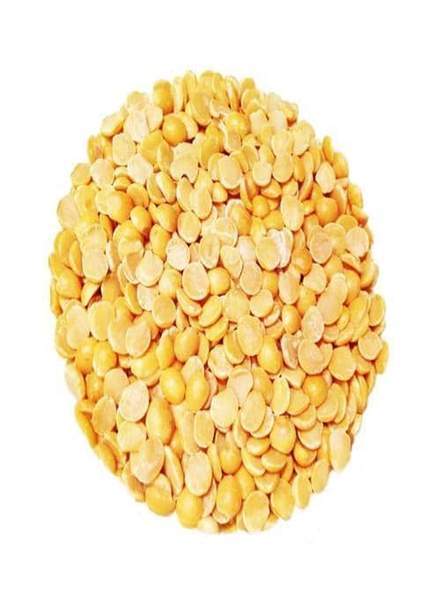
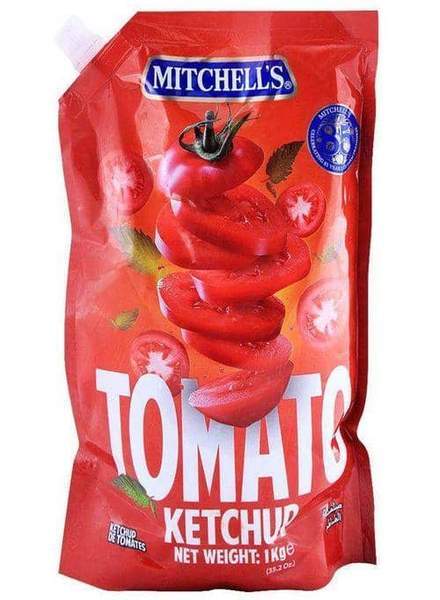
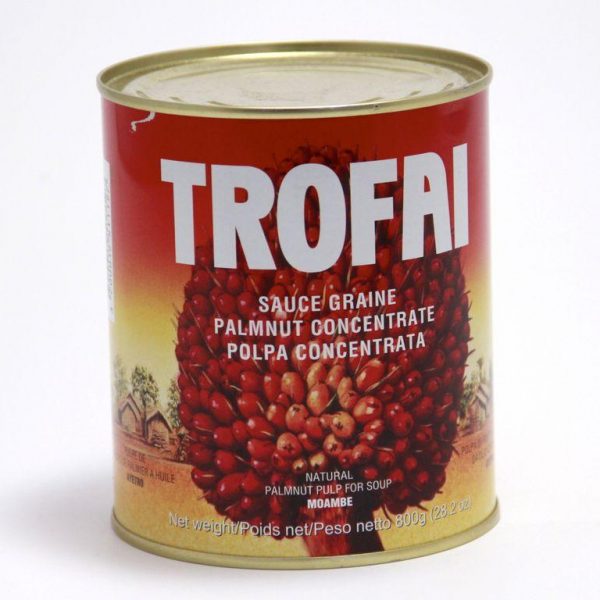


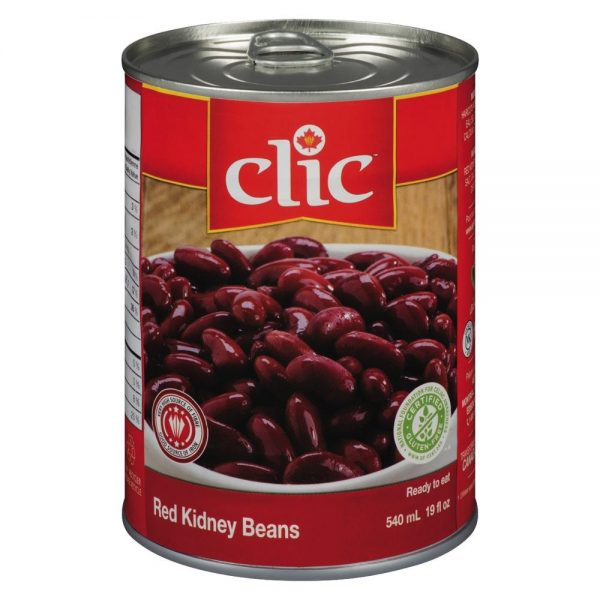

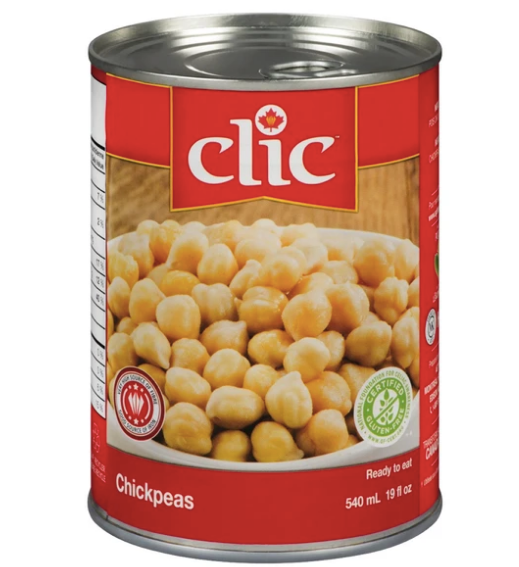
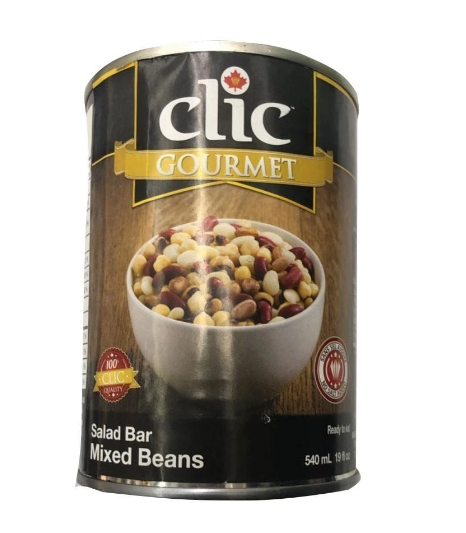
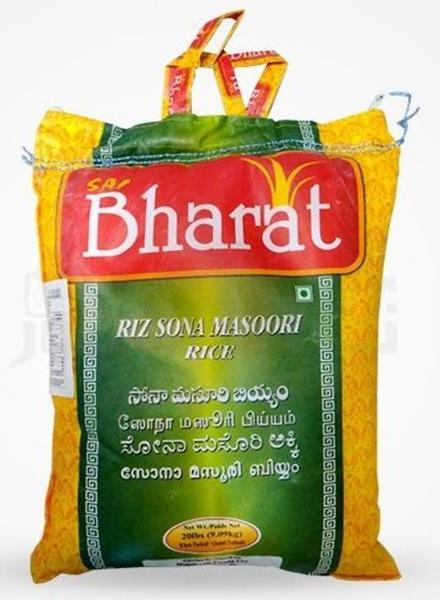
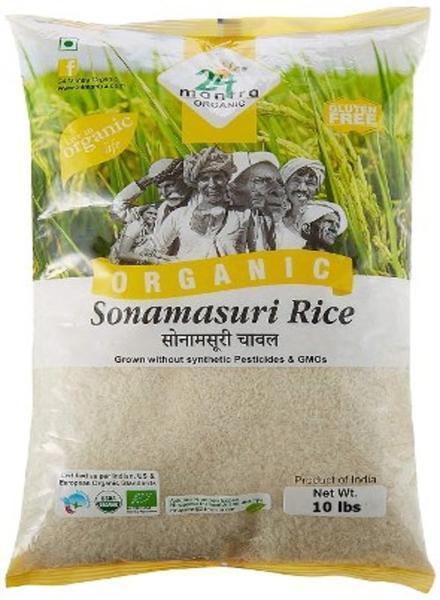
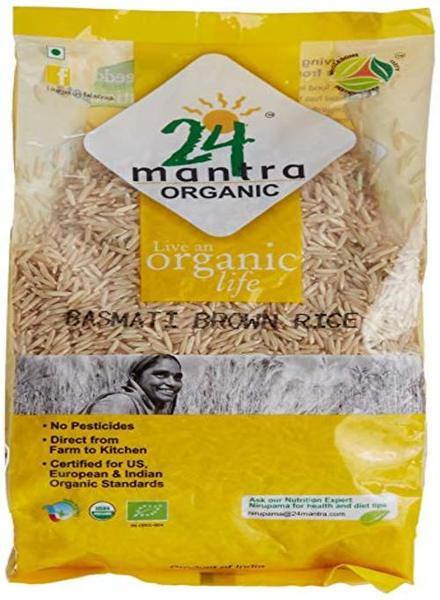
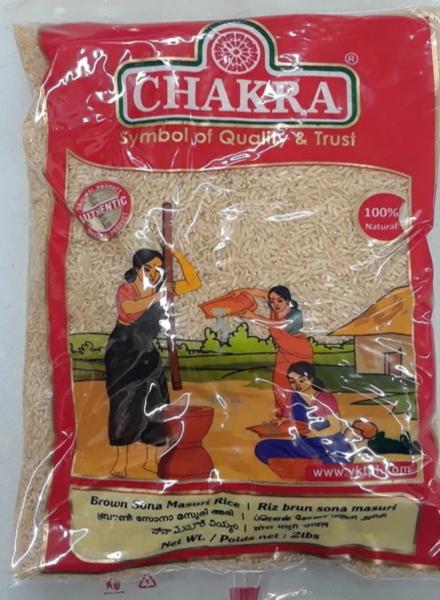
Reviews
There are no reviews yet.